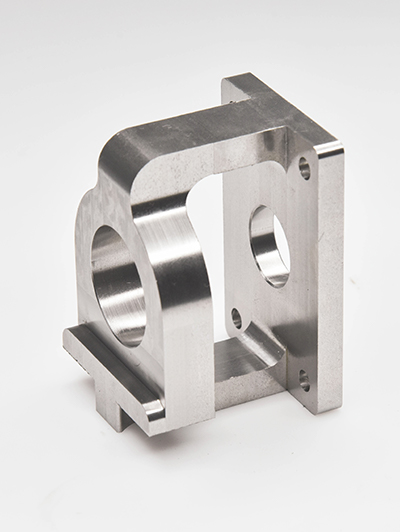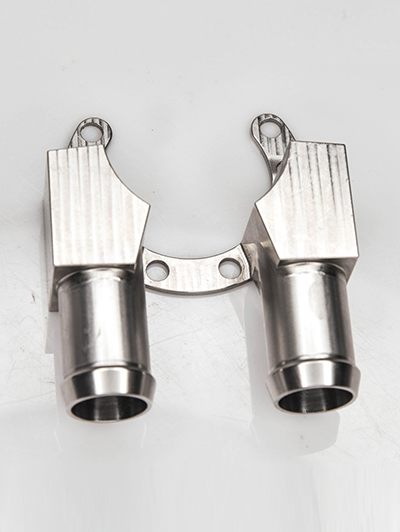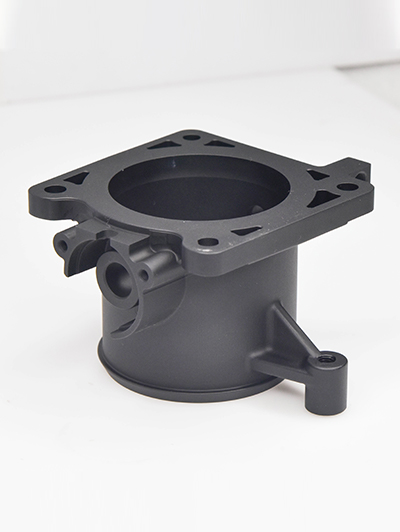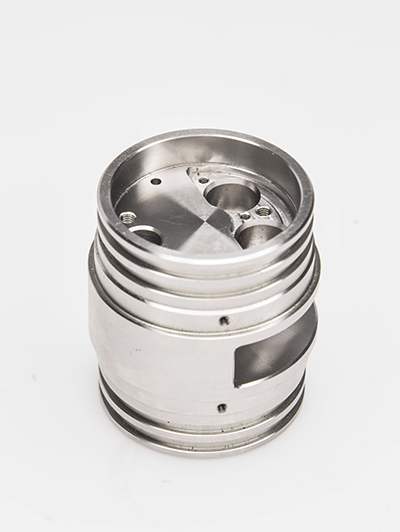Information
Automotive Sensors | MEMS Wafer Dicing (Precision ±0.003mm)_ Faster Signal Response
Automotive Sensors | MEMS Wafer Dicing (Precision ±0.003mm): Faster Signal Response
In the ever-evolving automotive industry, sensors play a crucial role in enhancing vehicle performance, safety, and driver experience. Automotive sensors are integral components in systems such as advanced driver-assistance systems (ADAS), autonomous vehicles, and electric vehicles (EVs). One of the key technological advancements driving sensor development is Micro-Electro-Mechanical Systems (MEMS). MEMS wafer dicing, particularly with a precision of ±0.003mm, is becoming an essential process for improving signal response times in automotive applications.
What is MEMS Wafer Dicing?
MEMS wafer dicing refers to the process of cutting silicon wafers into individual chips or dies, which are then used in a variety of sensor applications, including automotive sensors. The dicing process involves precision techniques to ensure that each chip meets the exact specifications required for its intended function. MEMS devices, known for their small size and high accuracy, are designed to provide real-time data to automotive systems, enabling faster decision-making and improved performance.
Why Precision Matters in MEMS Wafer Dicing
When it comes to automotive applications, precision is everything. Sensors must deliver accurate readings for systems to make instant decisions, such as detecting obstacles, monitoring vehicle speed, or adjusting braking. A MEMS wafer dicing process with precision of ±0.003mm ensures that each sensor chip is cut to the exact specifications required for optimal performance. This level of accuracy leads to better signal response times, which is vital for automotive safety and efficiency.
The precision of MEMS wafer dicing directly impacts the quality of the automotive sensor. When sensors are made from accurately diced MEMS wafers, they exhibit consistent performance, ensuring reliable data transmission in critical applications. This is particularly important for autonomous vehicles and advanced driver-assistance systems (ADAS), where split-second decisions based on sensor readings can mean the difference between safety and failure.
Faster Signal Response for Enhanced Performance
One of the most significant advantages of precision MEMS wafer dicing is the improvement in signal response times. In automotive sensors, every millisecond counts. Sensors are used to monitor various factors, such as the proximity of objects, tire pressure, engine temperature, and much more. The faster the sensor can respond to changes, the quicker the vehicle's systems can adjust. Faster signal response improves the overall efficiency of the vehicle and enhances safety features.
For example, in collision detection systems, a sensor that can detect an object and relay the information to the vehicle's control system in a matter of milliseconds will allow the vehicle to react swiftly, potentially preventing an accident. The MEMS wafer dicing process, when carried out with extreme precision, helps minimize signal delays, ensuring that the sensor provides immediate, accurate feedback.
Applications of MEMS Automotive Sensors
MEMS-based automotive sensors are used in a wide range of applications, including:
ADAS (Advanced Driver Assistance Systems): MEMS sensors help vehicles understand their surroundings by detecting objects, measuring distance, and calculating speed. These systems enhance driver safety and assist in autonomous driving.
Tire Pressure Monitoring Systems (TPMS): MEMS sensors monitor tire pressure, providing real-time data to the vehicle’s system to prevent accidents caused by underinflated tires.
Vehicle Dynamics and Stability Control: MEMS sensors measure acceleration, speed, and orientation, enabling the vehicle to adjust its stability and performance based on road conditions.
Engine Management Systems: MEMS sensors play a vital role in monitoring engine conditions, such as temperature and pressure, helping maintain optimal performance and fuel efficiency.
Autonomous Vehicles: MEMS sensors are used to provide real-time data for the vehicle's navigation and decision-making processes, allowing autonomous vehicles to make instant adjustments based on changing road conditions.
Why Choose Precision MEMS Wafer Dicing for Your Automotive Sensors?
The demand for automotive sensors continues to grow as the industry shifts toward more advanced technologies such as autonomous driving and electric vehicles. Choosing MEMS wafer dicing with precision of ±0.003mm offers several advantages for manufacturers:
Higher Sensor Accuracy: With greater precision, the resulting MEMS sensors provide more accurate data, enhancing overall vehicle performance.
Improved Signal Response: Precision dicing ensures faster signal response times, essential for safety-critical automotive applications.
Cost-Effective Production: The use of advanced dicing technology reduces material waste and minimizes the risk of defects, leading to more cost-effective manufacturing processes.
Scalability: Precision MEMS wafer dicing processes can be scaled to meet the growing demand for automotive sensors, ensuring a consistent supply of high-quality components.
Reliability: MEMS sensors produced with high precision are more reliable and durable, offering longer lifespans in automotive applications.
Conclusion
As the automotive industry continues to embrace advanced technologies such as autonomous driving and electric vehicles, the need for high-performance sensors becomes more critical. MEMS wafer dicing with precision of ±0.003mm is an essential process in creating automotive sensors that provide fast, accurate, and reliable data. By choosing precision dicing, manufacturers can ensure that their automotive sensors deliver optimal performance, faster signal response, and enhanced safety, helping to drive the future of the automotive industry.
For automotive manufacturers and suppliers seeking to stay at the forefront of innovation, investing in MEMS wafer dicing technology is a smart choice that promises to drive performance, safety, and efficiency in automotive systems.
Enhancing Efficiency in Aerospace Technologies
1. Implementing advanced automation and robotics: By utilizing automated systems and robotics in aerospace technologies, tasks can be performed more quickly and accurately, leading to increased efficiency. This includes automated systems for manufacturing, inspection, maintenance, and handling of materials.2. Adopting digital twin technology: Digital twin technology allows for real-time monitoring and simul...
Cutting-edge Machining of Unique Materials
Advancements in technology have allowed for the cutting-edge machining of unique materials that were previously difficult to work with. This has opened up new possibilities for manufacturing industries, allowing for the production of components and products that were once thought to be impossible.One such material that has benefited from cutting-edge machining techniques is carbon fiber. Carbon fiber is a l...
Enhancing Efficiency in Aerospace Technologies
1. Implementing advanced automation and robotics: By utilizing automated systems and robotics in aerospace technologies, tasks can be performed more quickly and accurately, leading to increased efficiency. This includes automated systems for manufacturing, inspection, maintenance, and handling of materials.2. Adopting digital twin technology: Digital twin technology allows for real-time monitoring and simul...
Cutting-edge Machining of Unique Materials
Advancements in technology have allowed for the cutting-edge machining of unique materials that were previously difficult to work with. This has opened up new possibilities for manufacturing industries, allowing for the production of components and products that were once thought to be impossible.One such material that has benefited from cutting-edge machining techniques is carbon fiber. Carbon fiber is a l...
Shape accuracy detection
In addition to dimensional accuracy, the shape accuracy of the parts cannot be ignored. Detect shape errors such as roundness, cylindricity, and flatness of parts using equipment such as roundness meters and contour meters. For example, when processing high-precision bearing rings, the accuracy of roundness and cylindricity directly affects the rotational accuracy and service life of the bearing.
Dimensional accuracy testing
Using advanced measuring tools and techniques, such as coordinate measuring instruments, optical imagers, etc., to accurately measure the dimensions of parts. For precision parts, dimensional tolerances are usually controlled at the micrometer level, so high-precision measuring equipment is required to ensure the accuracy of the test results. For example, when processing precision molds for mobile phone chi...
- +86 13603025252
-

WhatsApp
- info@jiujucnc.com





